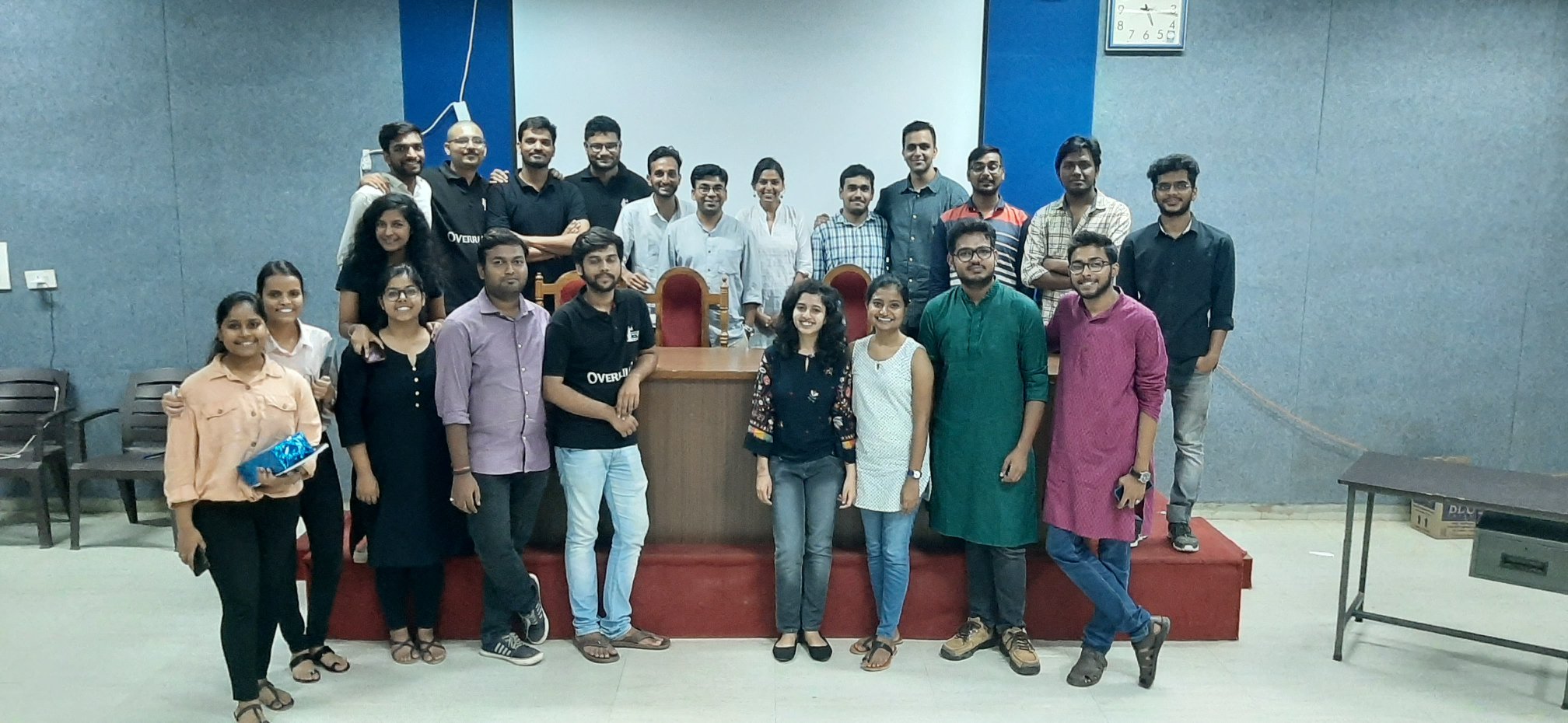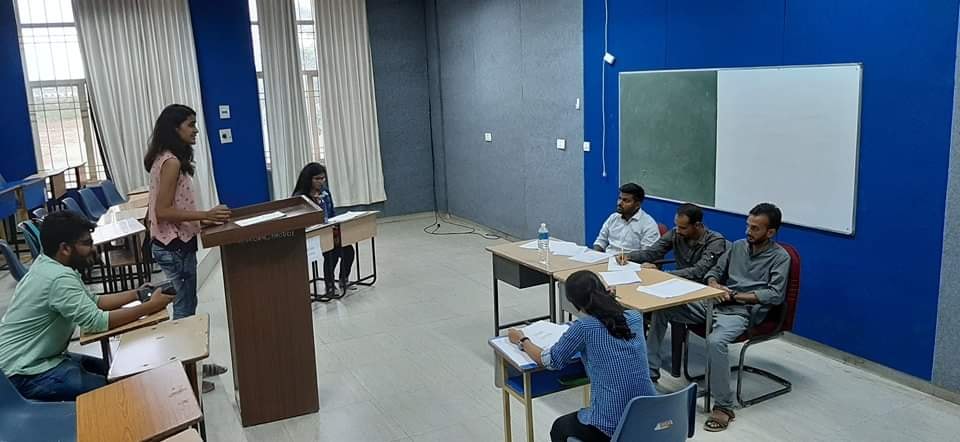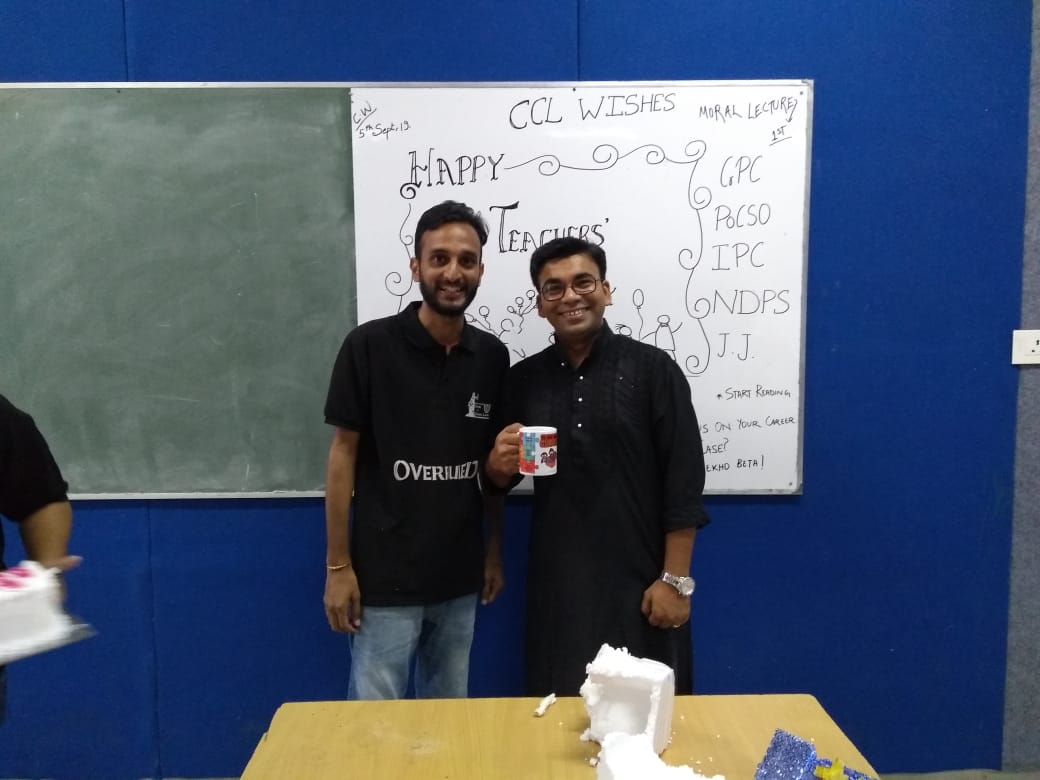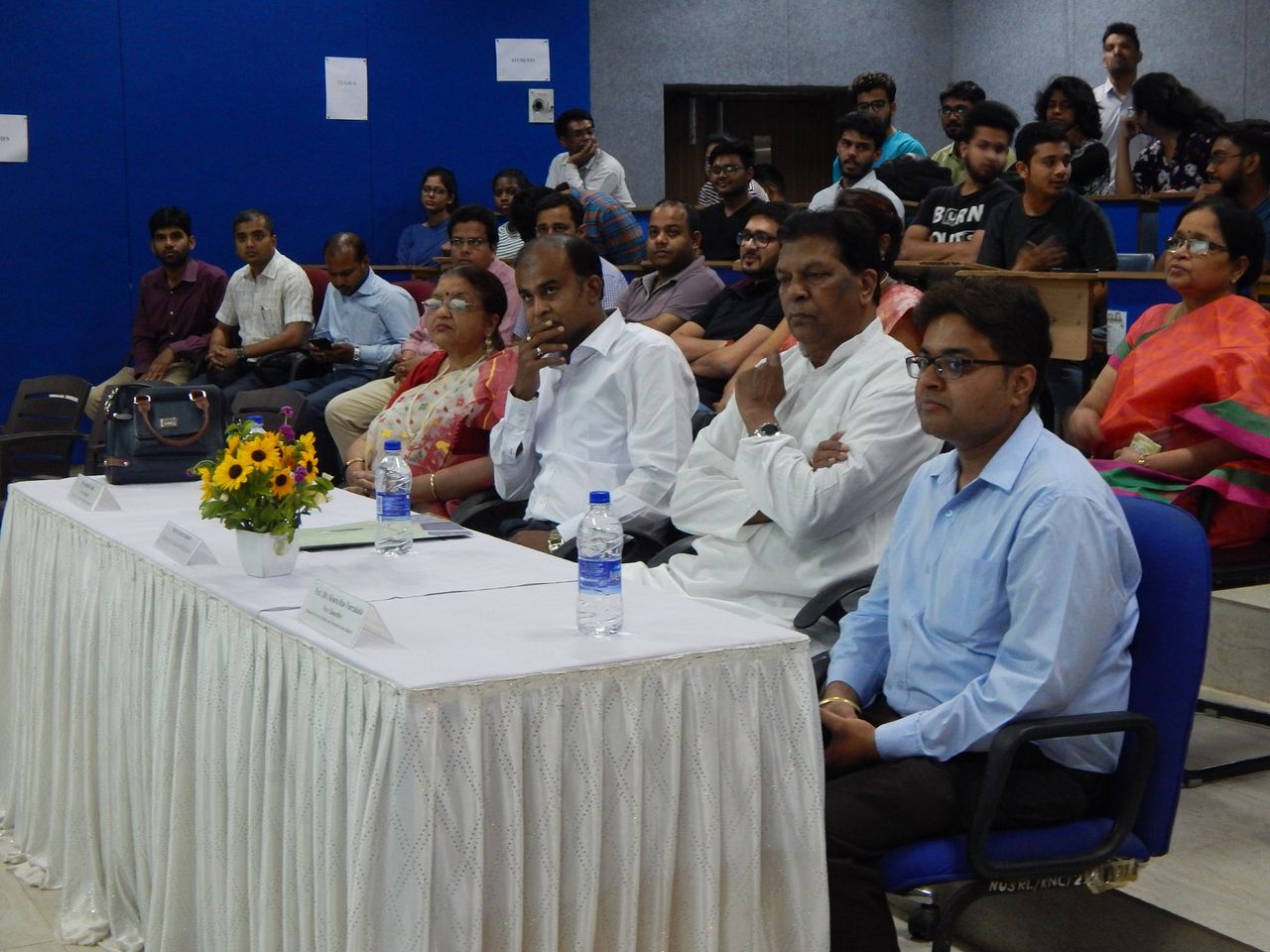Author: Shivang Monga and Prakrit Patro are 3rd year students of law at Maharashtra National Law University, Mumbai.
Introduction
Test Identification Parade (hereinafter referred to as ‘TIP’) is held at the investigation stage to test the veracity of the claims made by the witness of a crime. TIP tests the memory of the witnesses and enables the prosecution to decide the credibility of witnesses based on their recognition of the accused. There exists no express provision which defines TIP, but the test is governed under Section 9 of the Evidence Act, which talks about the pertinent facts which establish the identity of any person or a thing. In furtherance of the same, the most accurate description of TIP was given by the court in the case of Sidhartha Vashisht @ Manu Sharma v. State (NCT of Delhi), wherein the court observed that “TIP is the practice not borne out of procedure but out of prudence”. This piece aims to explain the tussle between the investigative efficiency of the practice and whether an accused can rely on Article 20(3) to refuse its participation in light of the recent Supreme Court judgement in Mukesh Singh v State of NCT of Delhi. Furthermore, it also aims to elucidate the obligation cast upon the accused owing to the insertion of Section 54A CrPC .
Object of TIP and its Evidentiary Value
The object of TIP can be understood as two-fold. First, it enables the witnesses to satisfy themselves that the suspected accused is the same person whom they saw in connection with the crime. Second, it satisfies the investigating authorities that the suspect is the real person whom the witnesses saw in connection with said occurrence. The three-judge bench of the Supreme Court in Rajesh v State of Haryana explained the purpose of TIP as the identification of suspects among other individuals by witnesses, which lends assurance to the identity of the accused. A similar view was taken by the Supreme Court in Munshi Singh Gautam v State of MP, where the court observed that prior test identification helps in testing and strengthening the trustworthiness of the evidence presented before the court. On the evidentiary aspect of TIP, the courts have held that it is the identification in court that is substantive in nature, and TIP provides for only corroboration to the identification of witnesses in court. In situations, where identification in court is not preceded by TIP, it is upon the court to attach weight to the evidence presented.
Before analysing the apex court’s judgment in Mukesh Singh v State of NCT of Delhi, it will be important to explain how the court had so far interpreted the accused’s refusal to participate in TIP.
Refusal to Participate and Adverse Inference: Court’s Interpretation so far
The court has squarely dealt with the question of refusal and the consequences that it entails for an accused. In Prem Singh v. State of Haryana, a two-judge bench of the apex court expressed conflicting opinions regarding the accused’s refusal to participate, where Gyan Sudha Misra, J observed that adverse inference can be drawn against the accused where he declined to participate in TIP. The case was later heard by the three-judge bench; however, the judgment was silent on the issue of the accused’s refusal to participate. Before Prem Singh (supra), the court in Munna v State (NCT of Delhi) was of the view that when the accused denies participation in TIP, then he or she loses ground to contend the veracity of the witness statements made for the first time in court. These witness statements extend to the identification of the accused’s involvement in the commission of the crime. This provision however is not biased against the accused, which is clear from the Supreme Court’s judgement in the case of Kanan and Ors. Vs State of Kerala. The court here observed that without having conducted a TIP previously, the witnesses’ recognition of the accused for the first time in the court shall hold no ground. The general rule of prudence is that a witness’s statement needs to be corroborated by a pre-identification test. However, as an exception to the rule, the court may safely rely on a witness’s statement without corroboration if it’s impressed by the same, as held by the court in Munshi Singh Gautam v. State of M.P.
It is important to observe that the positions taken by the court so far were prior to the insertion of Section 54A in CrPC in 2013, which deals with the identification of persons arrested. Therefore, it becomes necessary to understand the scope of this section and the obligation it casts on the accused.
Section 54A: An obligation or a discretion?
Section 54A was inserted in CrPC by virtue of the 2013 Amendment Act. The section provides for the identification of the arrested person, where it is considered necessary for investigation purposes. The court under this section at the request of the concerned investigating officer, can direct to place the accused for TIP. Before the insertion of this provision, judicial pronouncements acted as guidance for the conduct of identification parades. The scope of this section has recently been interpreted by the court in Mukesh Singh’s judgement. According to the court, the introduction of this provision casts an obligation on the accused to join the TIP since participating in TIP does not involve a ‘positive volitional act’ on the part of the accused. What constitutes a positive volitional act or not and whether safeguards provided under Article 20(3) of the Constitution can extend to Test Identification Parades has been dealt with further in this article.
Conclusion
The conflicting question that arises against TIP is whether the practice is at odds with the constitutionally bestowed protection against self-incrimination in article 20(3) of the Constitution. The Apex court in Mukesh Singh created a fundamental distinction between an act on the part of the accused that is positively volitional and an act that is not. The court said that the protection of Article 20(3) can be sought by the accused only in cases where evidence cannot be obtained but for a positive volitional act on the part of the accused. The court took the aid of the judgment in the case of M.P Sharma and Ors. vs. Satish Chandra and expanded on the meaning of a “positive volitional act”. In essence, it is a wilful act that furnishes evidence in the form of testimony. Here, the compulsion to testify indicates coercion that may constitute a “positive volitional evidential” act of the person.
The court, however in Mukesh Singh observed that a TIP does not fall within this definition since it merely involves an exhibition of the accused’s body, which does not result in any evidentiary act until he is identified by someone else. Court’s reasoning appears sound since identification is not his own act, even though he exhibits his body. The US Supreme Court took the same position in People v Swallow, which held that the right against self-incrimination is not violated when the accused exhibits his body for identification purposes.
To further its stance, the court also relied on Calcutta’s HC judgment in the case of Peare Lal Show v. The State, wherein the court had delineated the compelling of the accused at the TIP from the final evidence. Therefore, TIP is a practice that certainly aids the investigative authorities in identifying the perpetrator without a compelling coercive act on their part. The jurisprudential essence and objective of conducting a TIP also holds vital ground in deciding its requirement and legitimacy. TIP not only serves a way to test the memory of the witness concerned, but also verifies the cohesiveness of the statements provided by the witness. This was also evidenced in the Supreme Court’s 2021 judgment of Umesh Chandra vs State of Uttarakhand, wherein the court observed that the prosecution cannot conduct repeated TIPs until they obtain the accused’s identification since doing so would defeat the purpose of conducting identification parades. Therefore, the practice of TIP, in essence, not only verifies the integrity of witness statements but also proves to be a measure that balances the accused’s rights with investigative efficacy.







Leave a comment